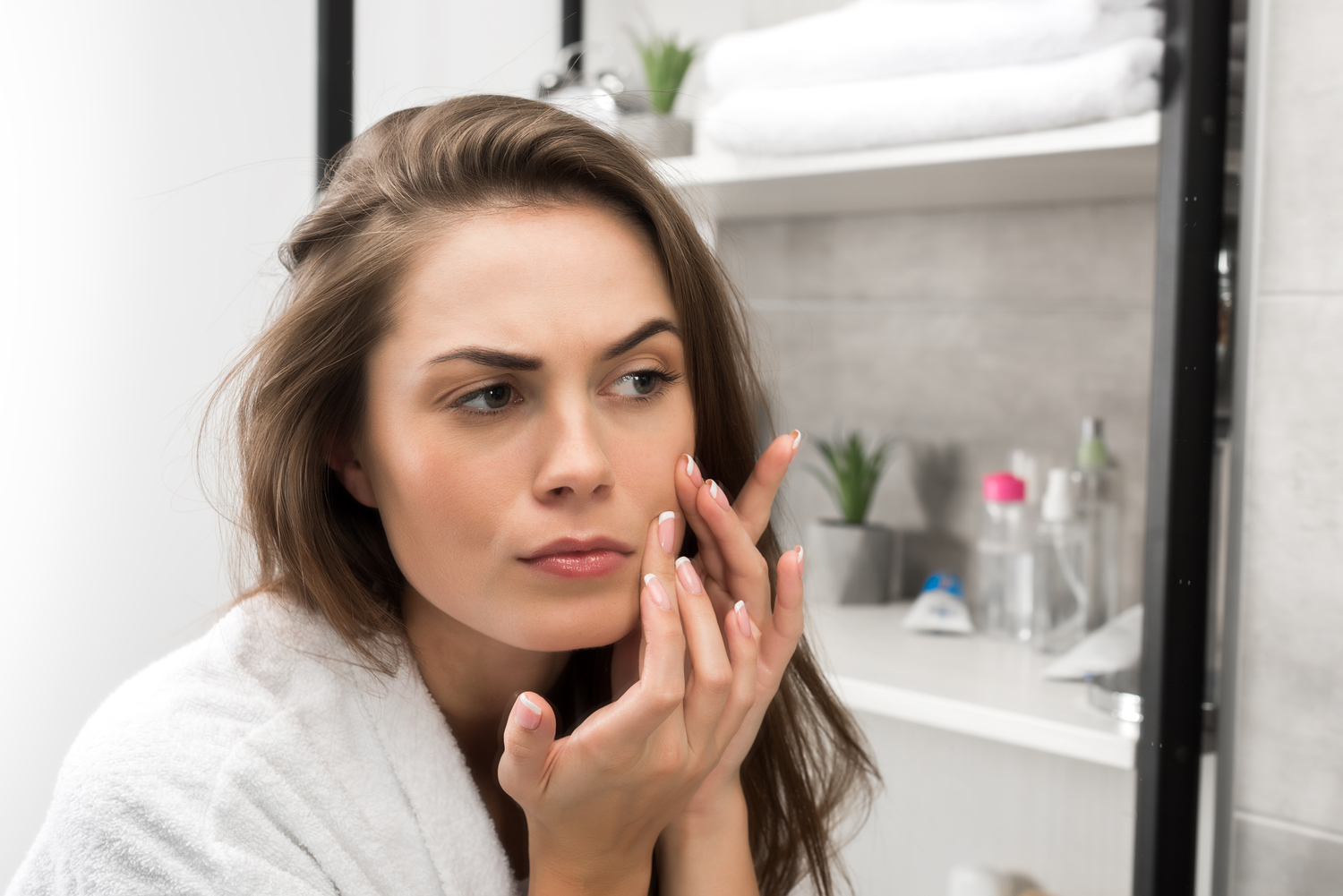A Brief Overview Of Skin Spots
A brief overview of skin spots
Skin spots are slightly raised and, for the most part, harmless. The bump may be red or the same color as that of the skin. It may be large, small, itchy, dry, or filled with pus and could occur as a result of allergies, skin cancer, disorders of the skin, or infections. Usually, the skin spots go away on their own, but it is best to consult a doctor if they persist or if they cause any type of discomfort or pain. The skin spots could be due to multiple factors like eczema, psoriasis, hives, or even an insect bite.

What are the different types of skin spots?
Some of the different types of skin spots include:
- According to the American Academy of Dermatology (AAD), acne is the most common skin condition that may cause small to big bumps in the skin. The red spots on the skin may be painful as well.
- Boils are basically hair follicles that are infected and are often not a serious problem. Most of them burst and once the fluid is drained, they go away.
- Corns, also known as calluses, are areas of skin that are thick and rough. They are usually found on the feet and hands.
What are the more serious conditions that require treatment?
Few particular bumps caused due to infections and bacteria may require a closer look and will not go away if left untreated. These include:
- Chickenpox, which is common while one is a child, is the cause of angry red spots all over the body and requires urgent care.
- Similarly, impetigo, a common occurrence among young children, is characterized by blisters that ooze and crust. Impetigo is contagious.
- Methicillin-resistant Staphylococcus aureus (MSRA) infections are caused because of the staph bacteria that trigger a swollen bump, which has a white center.
Which are the skin spots that are related to skin cancer?
- A precancerous condition of the skin called actinic keratosis is characterized by scaly and somewhat crusty bumps on the skin that is exposed to the sun. They may be gray, pink, or brown and are itchy.
- Basal cell carcinoma also causes angry red bumps on the skin that are painful and bleed. They are usually shiny or discolored.
- Squamous cell carcinoma originates in the squamous cells, which form the top layer of the skin. Sores and red patches appear on the skin exposed to UV rays of the sun.
- A melanoma, which is not very common, is a mole that is multicolored and asymmetrical. It is important to get it checked by a doctor.
When should one consult a doctor and what will the course of treatment be like?
- Most skin bumps are harmless, but one should consult a doctor if the skin is causing discomfort or if the skin spot changes in appearance and becomes worse.
- The doctor will perform a physical examination and he or she will inquire about your lifestyle habits and dietary intake.
- A skin biopsy may also be conducted to determine if the spot is cancerous.
- The doctor may refer the individual to a dermatologist or some other specialist if he or she suspects a more severe underlying cause.
What are the treatment options for skin conditions?
- Most conditions are harmless, but if they are bothering an individual or if the reason is purely cosmetic like the removal of skin tags, moles, or warts, then the dermatologist may freeze them off or remove them.
- In some cases, one may be prescribed some medications, especially, for MSRA staph infections or contagious conditions like chickenpox. The individual may also be given over-the-counter (OTC) medication like antibiotics. Alternatively, home remedies such as the use of chickpeas and lemon juice, calamine lotions, potato, and lemon juice may also be advised.
- If the doctor suspects the spot to be cancerous, he might remove it entirely.
- One will also be expected to make follow-up appointments so that the doctor may judge how far the condition has progressed and if the treatment is working.

